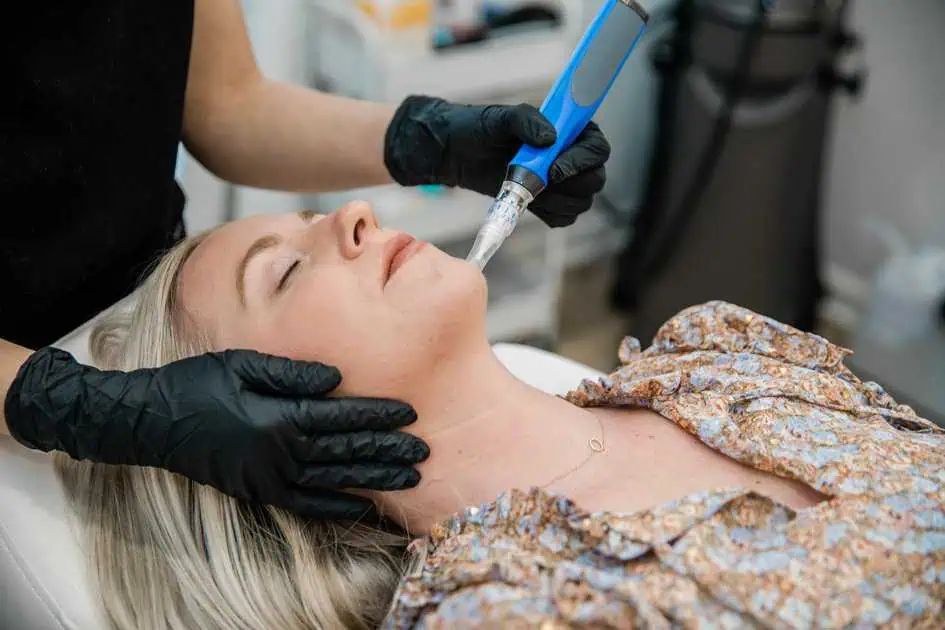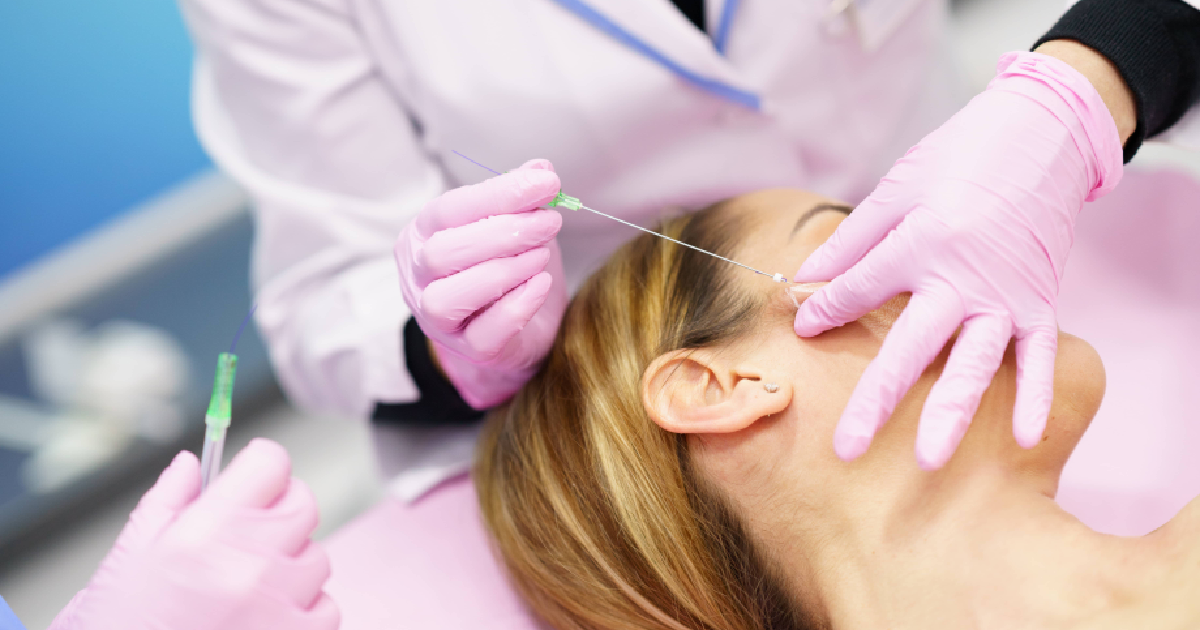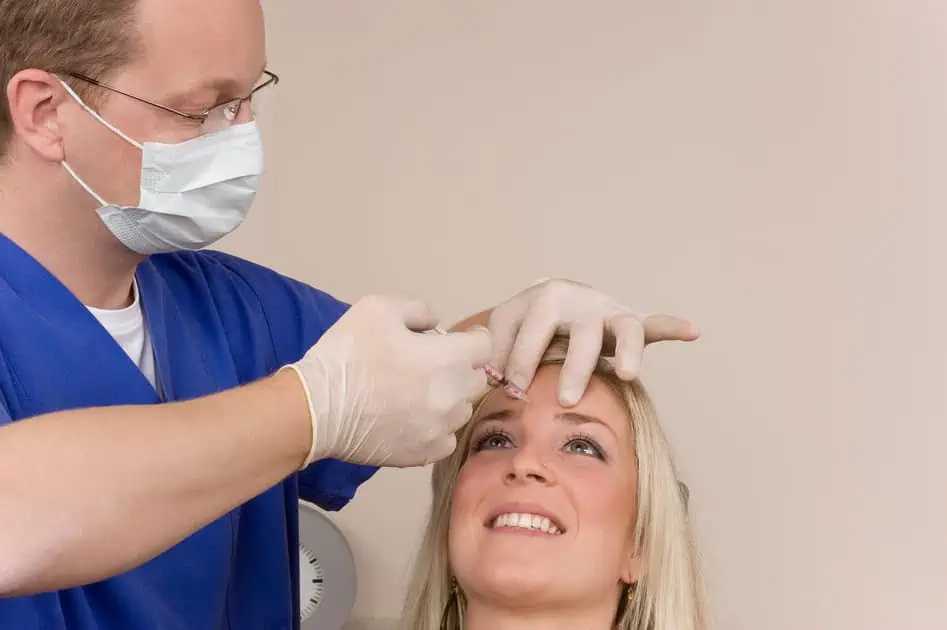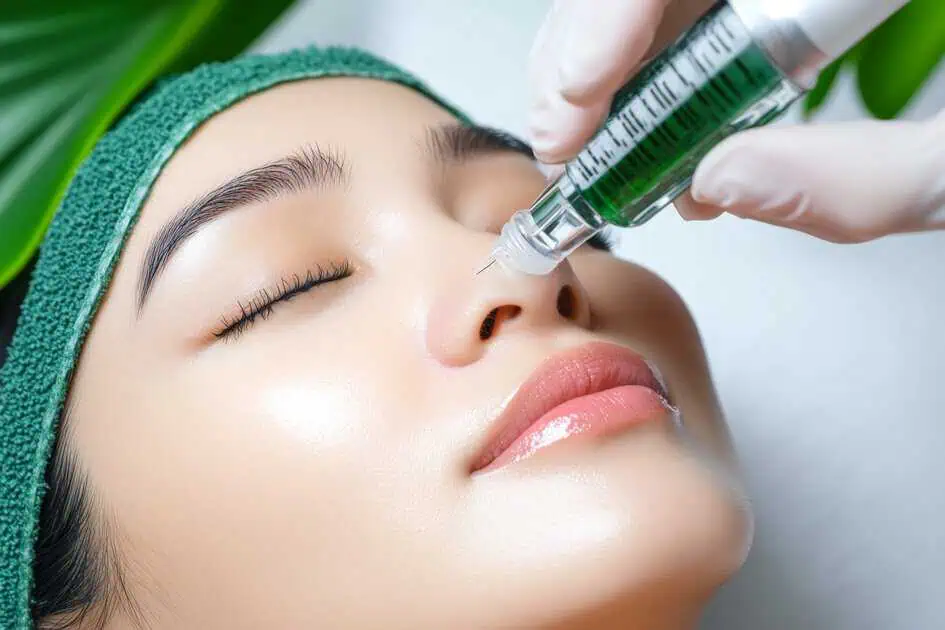Collagen keeps skin firm, smooth, and elastic, but production naturally declines with age. Several skincare treatments aim to combat this, but microneedling uniquely works with the skin’s natural repair system to create longer-lasting changes. Delivering controlled micro-injuries spurs the skin to heal itself, building up new collagen and elastin from the inside out.
While the idea of “damaging” the skin may sound counterintuitive, these micro-injuries initiate a precise, natural response. How it works reveals not only how microneedling influences skin structure on a cellular level but also why it’s trusted for results that last. Here’s what you should know.
Why Collagen Matters For Skin Health
Collagen is one of the primary proteins that support skin structure, providing elasticity, firmness, and resilience. Located in the dermis, collagen acts like scaffolding, supporting everything above it. However, as we age, collagen levels gradually decrease, contributing to common signs of aging like fine lines, wrinkles, and skin sagging. Environmental factors—such as sun exposure, pollution, and lifestyle choices—only speed up this process. Microneedling is designed to facilitate collagen and elastin, helping to counteract these effects.
What Exactly Is Microneedling?
Microneedling involves a pen-like device that creates micro-punctures in the skin. Unlike rollers, the pen ensures a uniform, controlled treatment that minimizes trauma while optimizing results. These punctures act as signals, telling the skin it’s time to repair and rejuvenate. As the skin heals, new collagen and elastin fibers form, making the skin firmer and more resilient. Another benefit of these micro-channels? They increase the skin’s ability to absorb topical treatments like serums and moisturizers, amplifying their effects.
How Microneedling Stimulates Collagen
Microneedling works by initiating the body’s natural healing process, which can be broken down into three main stages: inflammation, proliferation, and remodeling.
- Inflammatory Phase: Once micro-needling creates tiny punctures in the skin, the body’s inflammatory response activates. Blood rushes to the area, delivering oxygen and nutrients. Immune cells release growth factors and cytokines—proteins that signal skin cells to begin the repair process. This stage also preps the skin for collagen synthesis, setting the groundwork for rejuvenation.
- Proliferation Phase: After the initial inflammation, fibroblast cells begin producing new collagen and elastin. This process builds the underlying support structure that gives skin its bounce and firmness. During this stage, the micro-injuries are actively repaired as collagen forms a scaffold for fresh skin cells, replacing damaged or worn-out cells.
- Remodeling Phase: Finally, in the remodeling phase, the newly created collagen fibers mature and strengthen. The skin continues to rebuild itself over weeks, gradually smoothing and firming as collagen tightens the surface. For best results, professionals often recommend multiple sessions spaced several weeks apart to allow each layer of collagen to mature and blend seamlessly into the skin’s structure.
The Benefits of Microneedling
Micro-needling’s ability to boost collagen makes it effective for diverse skin concerns, from fine lines and scars to uneven texture. Here’s a closer look at benefits of microneedling:
- Reduced Fine Lines and Wrinkles: By filling in fine lines and softening deeper wrinkles, collagen renewal can make skin appear more youthful. As new collagen forms, skin looks tighter, and the appearance of lines diminishes.
- Improved Skin Texture: Rough or uneven skin can feel smoother and look brighter as collagen fills in dips and uneven patches.
- Reduced Acne Scars and Other Scars: Microneedling can soften the appearance of scars by breaking down old, damaged tissue and replacing it with new collagen. This makes it especially effective for treating acne scars and minor surface-level scars from past injuries.
- Increased Hydration: The added collagen layer supports moisture retention, leading to a naturally plumper, hydrated look. Well-hydrated skin appears healthier and more resilient to external stressors.
Enhancing Microneedling with Add-Ons
Micro-needling is versatile, and many clinics offer add-ons like PRP, chemical peels, and topical serums to enhance its effects. Here’s how each add-on works:
- PRP (Platelet-Rich Plasma): With PRP, a small amount of the patient’s blood is extracted and processed to isolate growth factors and cytokines, which are then applied to the treated area. The combination of microneedling and PRP can boost collagen production and potentially speed up healing, enhancing skin’s smoothness and elasticity.
- Chemical Peels: A light chemical peel after microneedling can enhance results, especially for pigmentation and tone issues. The micro-channels created during microneedling allow the chemical peel to penetrate more deeply, intensifying the treatment’s impact. Combined, these treatments can improve skin brightness and even tone.
- Topical Serums: The micro-channels created by microneedling make it easier for serums with active ingredients—like hyaluronic acid, vitamin C, and peptides—to reach deeper layers of the skin. When applied after microneedling, these serums can help lock in moisture, brighten skin tone, and improve skin elasticity.
What to Expect Post-Treatment
After micro-needling, you might notice redness, mild swelling, and a sensation similar to a light sunburn, but these effects typically subside within a few days. Micro-needling is generally safe, but those with skin conditions like active acne or psoriasis may need to consult a dermatologist before treatment.
Professionals often recommend a series of treatments spaced four to six weeks apart. This allows each session’s collagen production to mature, amplifying the results. Over time, this approach helps maintain smooth and firm skin as each collagen layer contributes to the skin’s overall structure.
Is Microneedling Safe and Effective?
Microneedling is considered a safe, minimally invasive procedure when performed by a trained professional. The penetration depth can be adjusted based on individual skin concerns, making it suitable for a variety of conditions. Proper aftercare, such as avoiding sun exposure and keeping the skin hydrated, can maximize results and minimize downtime.
Takeaway
Microneedling offers a straightforward, science-backed approach to refreshing and renewing skin by working with the body’s own regenerative processes. Through its ability to facilitate collagen synthesis and encourage elastin, micro-needling benefits skin by reducing fine lines, improving texture, and giving a more resilient, youthful appearance. For anyone interested in a non-invasive way to restore skin’s smoothness and firmness, micro-needling treatment provides an ideal solution.
Fresh Face Aesthetics with Ashley offers professional aesthetic services designed to maximize benefits, using the latest techniques to ensure safe and effective results. To experience the transformative effects of microneedling for yourself, Book Your Microneedling treatment at Fresh Face Aesthetics and take a step toward visibly healthier, revitalized skin.






